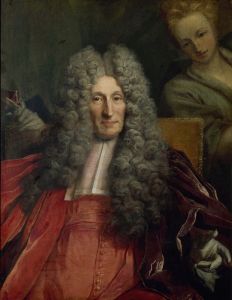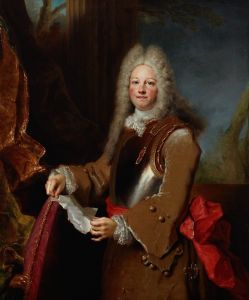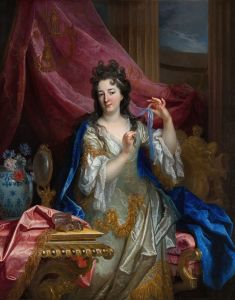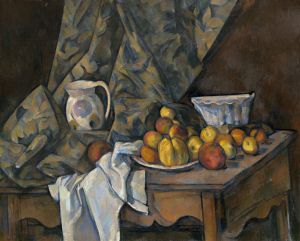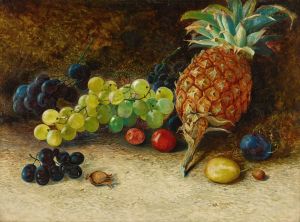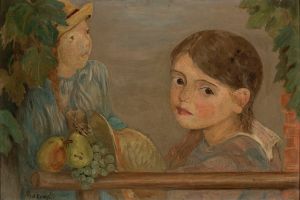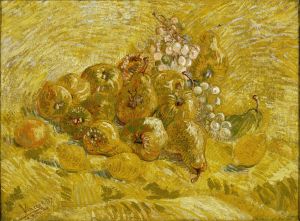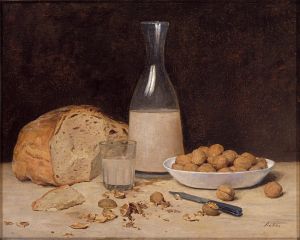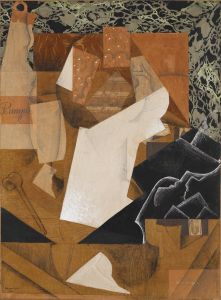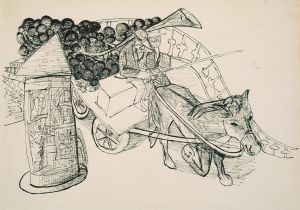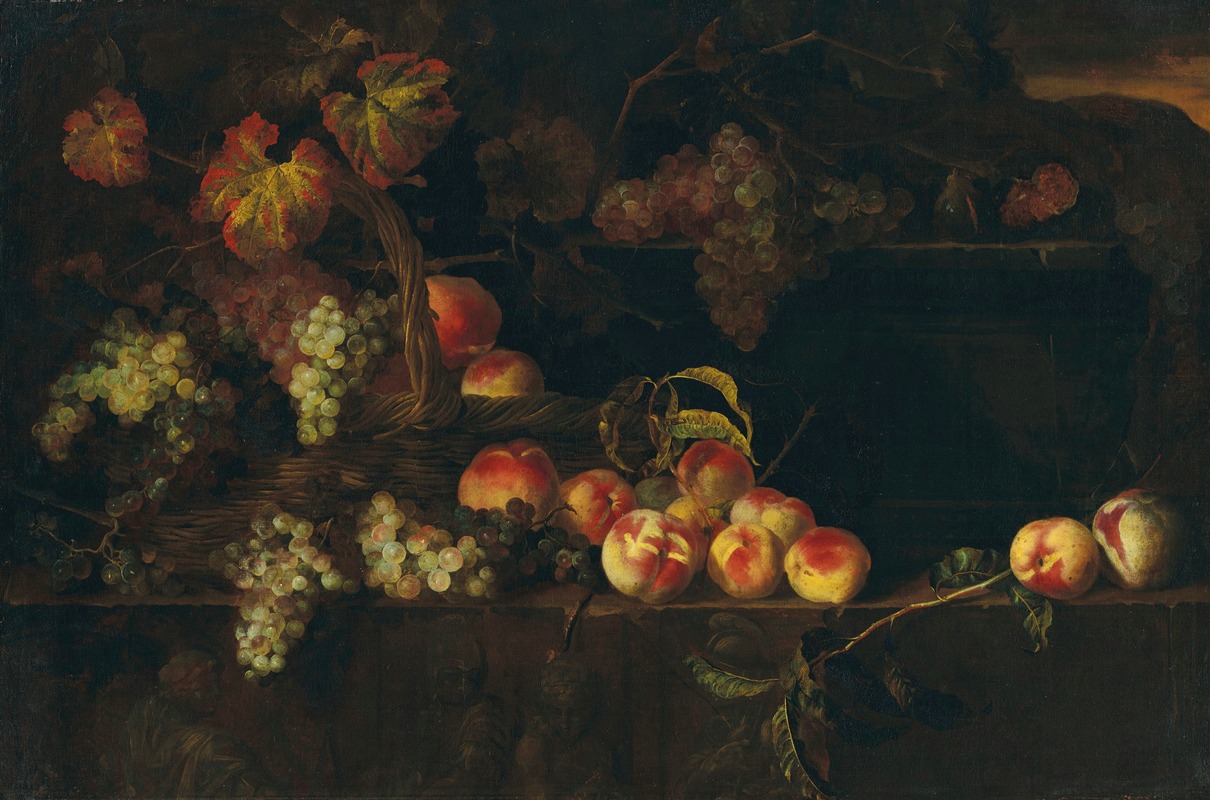
Grapes and peaches in a wicker basket with other fruit on a ledge, a landscape beyond
A hand-painted replica of Nicolas de Largillière’s masterpiece Grapes and peaches in a wicker basket with other fruit on a ledge, a landscape beyond, meticulously crafted by professional artists to capture the true essence of the original. Each piece is created with museum-quality canvas and rare mineral pigments, carefully painted by experienced artists with delicate brushstrokes and rich, layered colors to perfectly recreate the texture of the original artwork. Unlike machine-printed reproductions, this hand-painted version brings the painting to life, infused with the artist’s emotions and skill in every stroke. Whether for personal collection or home decoration, it instantly elevates the artistic atmosphere of any space.
Nicolas de Largillière (1656–1746) was a prominent French painter known primarily for his portraits, but he also created still-life works that showcased his mastery of detail and composition. One such painting attributed to him is Grapes and Peaches in a Wicker Basket with Other Fruit on a Ledge, a Landscape Beyond. This artwork exemplifies the Baroque style, characterized by its rich textures, vibrant colors, and meticulous attention to naturalistic details.
The painting depicts an arrangement of fruits, including grapes and peaches, placed in a wicker basket. Additional fruits are scattered on a ledge, creating a sense of abundance and vitality. The background features a landscape, adding depth and a sense of openness to the composition. Largillière's skillful use of light and shadow enhances the three-dimensional quality of the objects, making the fruits appear lifelike and tactile. The interplay of textures—such as the soft fuzz of the peaches, the smooth surface of the grapes, and the woven structure of the basket—demonstrates the artist's keen observational abilities and technical expertise.
Still-life paintings like this one were highly valued during the Baroque period, as they often symbolized themes such as the passage of time, the transience of life, or the bounty of nature. While Largillière is better known for his portraits of aristocrats and members of the French court, this work highlights his versatility and his ability to excel in different genres of painting.
The exact date of the painting is not documented, but it is consistent with the style and techniques prevalent during Largillière's active years in the late 17th and early 18th centuries. The work reflects the influence of Flemish and Dutch still-life traditions, which were admired and emulated by many French artists of the time.
As with many historical artworks, the provenance and specific details about this painting's commission or original ownership are not widely recorded. However, it remains an example of Largillière's lesser-known contributions to still-life art, offering insight into his artistic range beyond portraiture.





